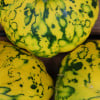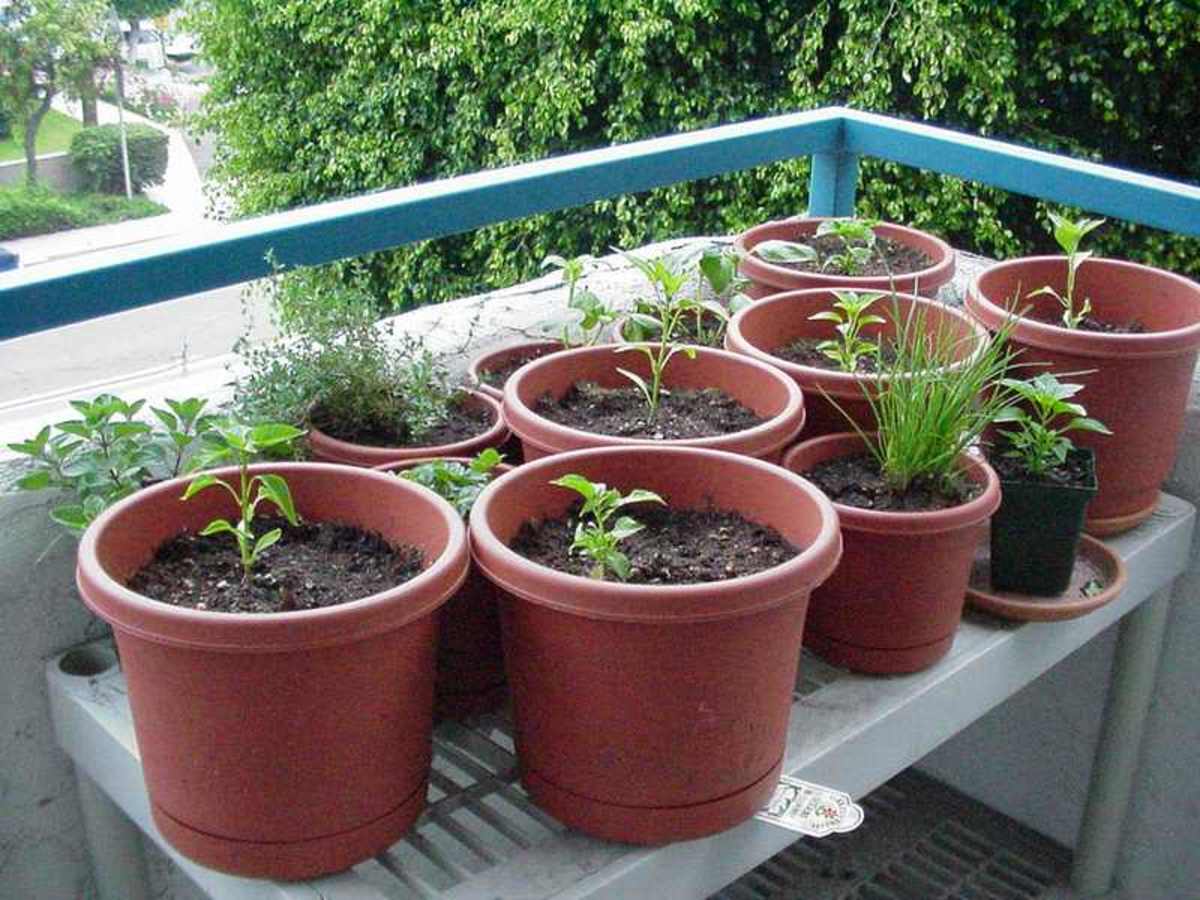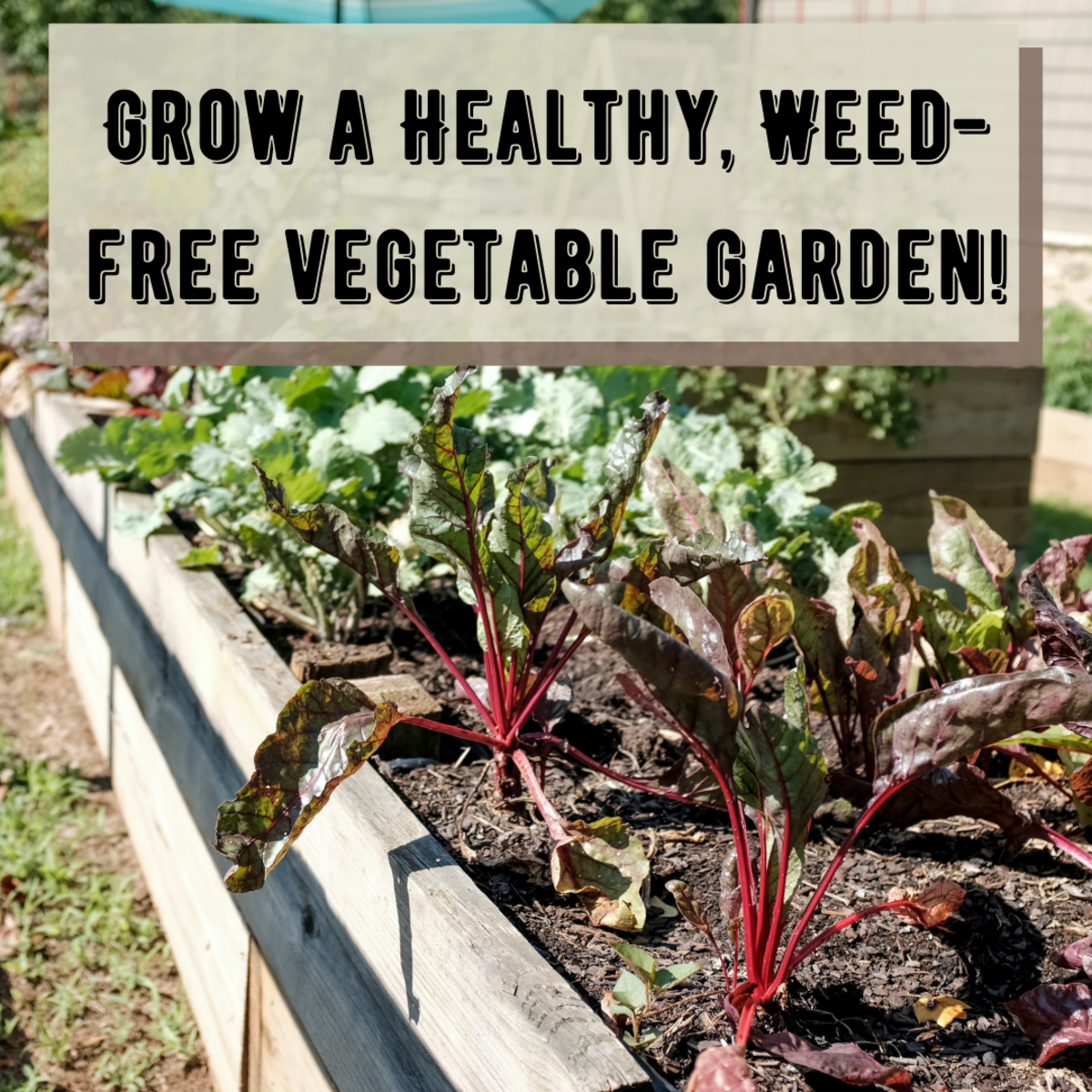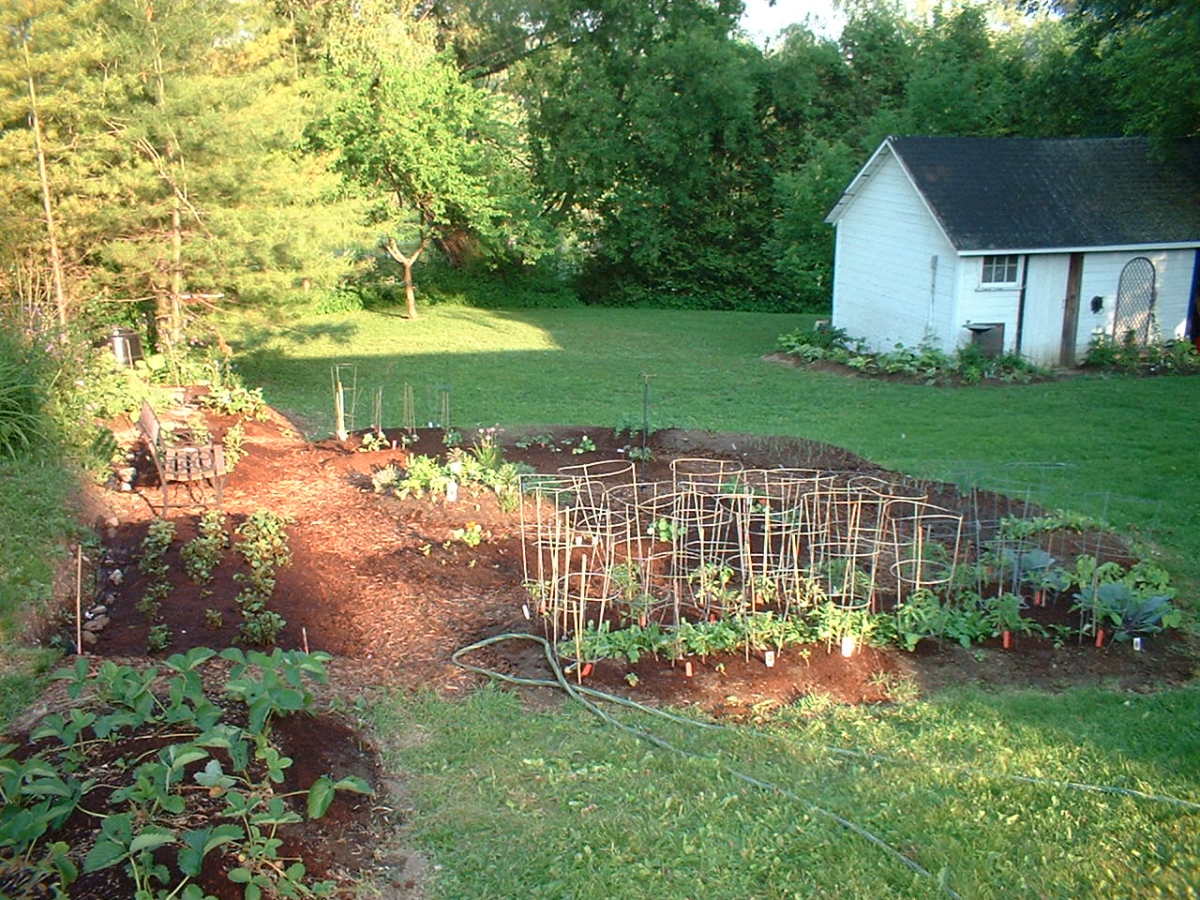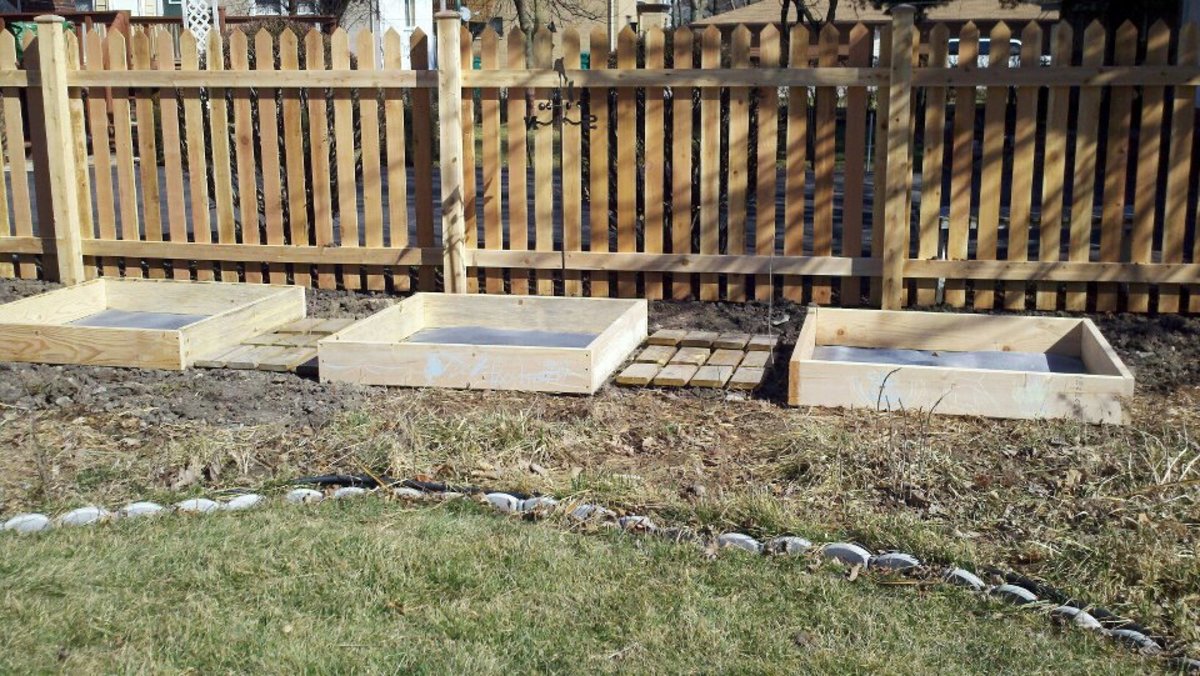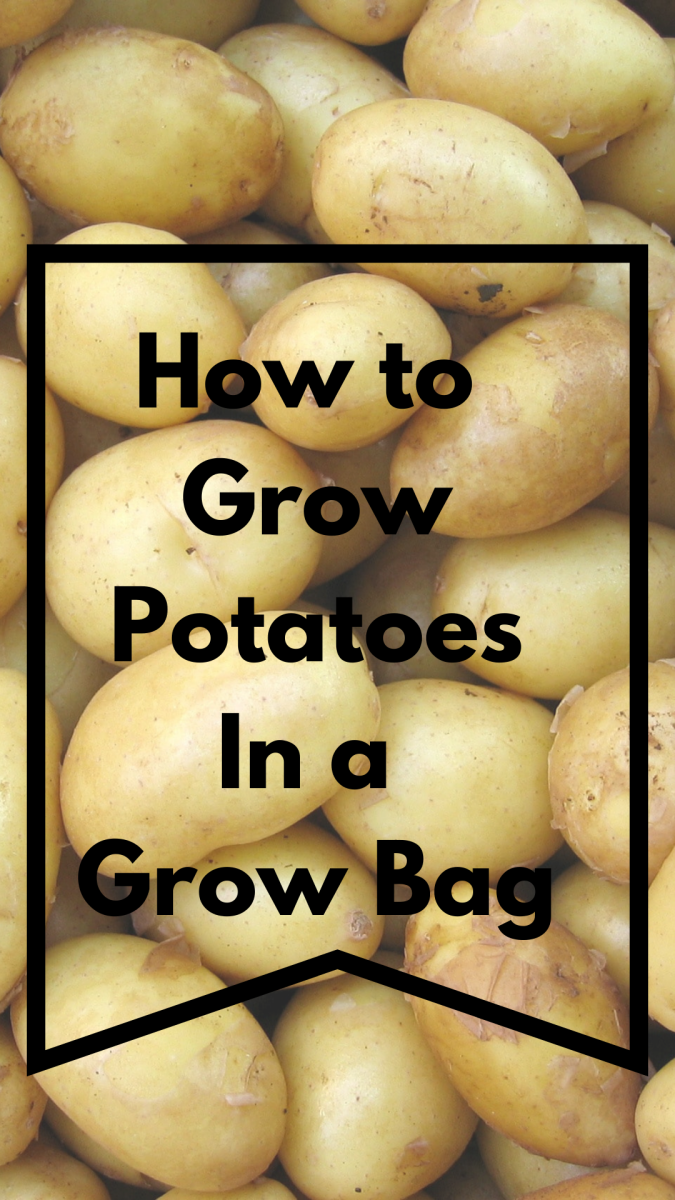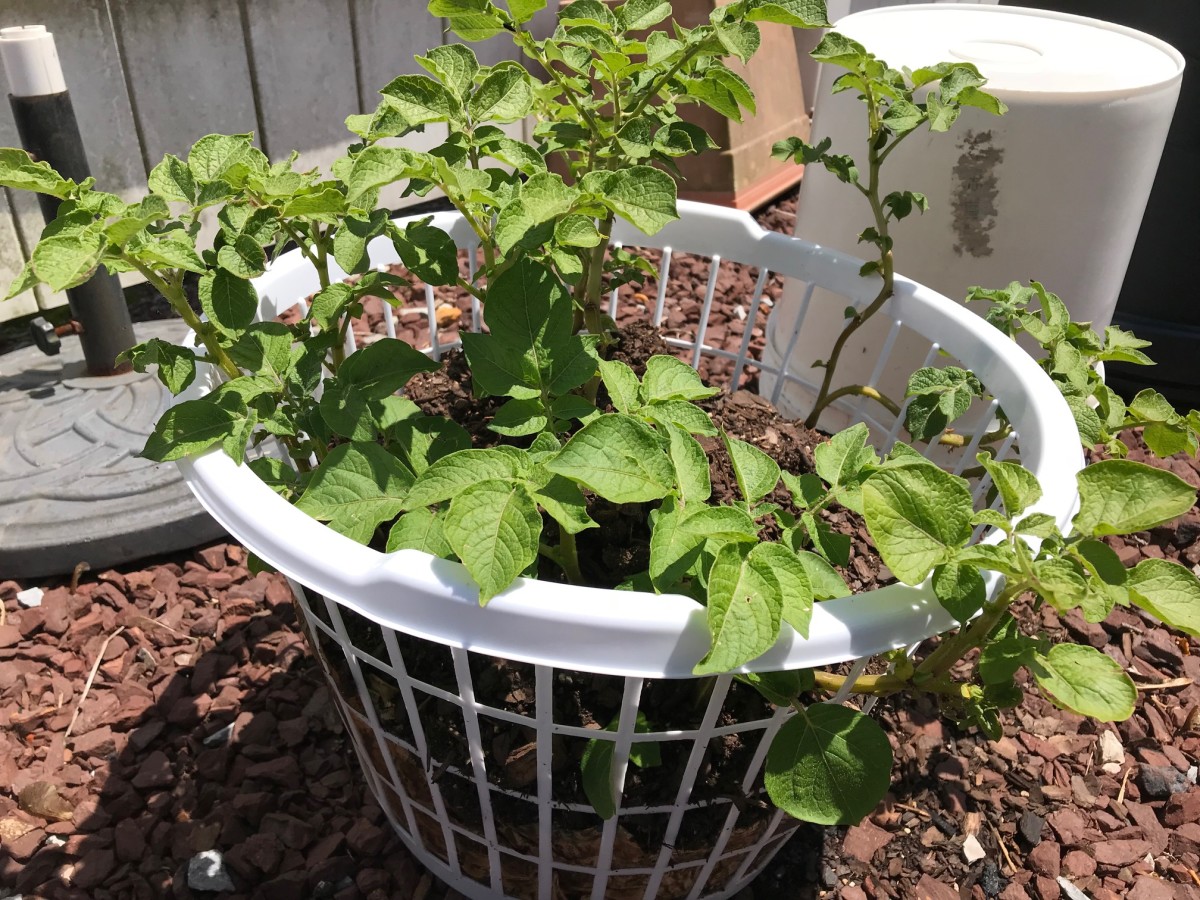How to Use Row Cover Cloth to Grow a Better Vegetable Garden | Year-round Vegetable Gardening
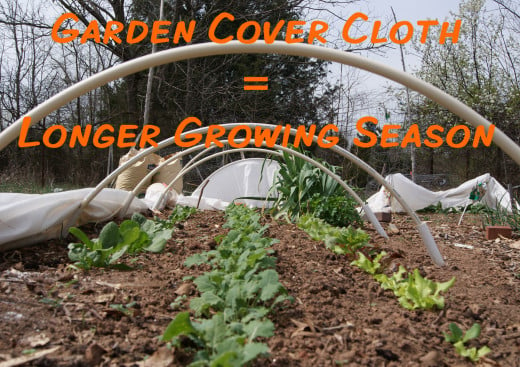
Would you like to have fresh lettuce, spinach, kale and more, from your own garden, all winter long? It's easy to do and only takes about an hour of installation time to get your garden ready for winter production.
There is nothing quite like the satisfaction of growing your own vegetables. When they go from the garden to the dinner plate in less than an hour, the freshness and flavor can’t be beat. If you have a home garden, there is an easy way to extend your growing season at least one month at each end of the season, reduce the number of pests that are munching on your veggies, and give new seedlings some extra protection to help them get started. You can do all of these things with a garden cover cloth.
These garden cover cloths may also be called garden fabric or row covers. They are usually made of polypropylene fabric, are white in color, and come in a variety of thicknesses. Typically, they are five or six feet wide, just wide enough to cover two or three rows of vegetables in your garden, and range in length from 25 to 100 feet.
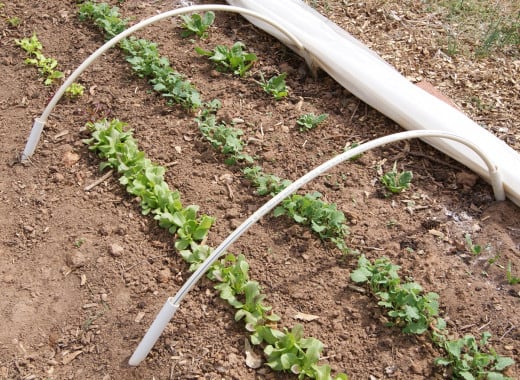
How to Install Garden Cover Cloth
The easiest way to install your garden row covers is to make a series of hoops about two feet apart that arc over the row you want to cover. A small diameter PVC pipe or large diameter metal wire are both flexible and sturdy enough to serve the purpose. Use the smallest diameter PVC you can find. Stick each end of the pipe or wire firmly into the soil. A better option is to make a PVC pipe sleeve with a larger diameter pipe. It only needs to be about 12 - 15 inches long. Make an angle cut on the end of the PVC that will be going into the soil. This makes it easy to hammer the sleeve most of the way into the soil; put each end of the hoop into a sleeve.
Unroll your garden cloth and spread it over the hoops. Use a few clothespins or clips to secure it to the hoops. You can cover the sides ends of the cloth with soil to keep it in place, but bricks or 2” x 4”s work just as well and allow for easier access. The cloth is porous enough to let most rain through, but you will want to peel it back out of the way when you water by hand.
Longer Growing Seasons
Depending on the the thickness of your cloth, it will moderate the temperature by several degrees. This allows you to extend your growing season in the late fall, hopefully well past the first frost. You should also be able to start your garden several weeks earlier in the spring. If you are in a locale with relatively mild winters, you may be able to keep lettuce, spinach, kale and similar crops growing through the winter.
Updates: I was able to do that through the 2011-12 winter in north Georgia, which was particularly cold. In the winter of 2014 - 15, temperatures were in the 13 - 15 degree range on successive nights. We clipped bed sheets on top of the garden cover cloth and left them in place for three or four days. A hardy variety of lettuce, spinach, beets and kale all survived with only minor evidence of damage from freezing.
How to make your own tomato cages that work better and last longer than store-bought cages
Fewer Vegetable Garden Pests
A garden cover cloth will also keep many garden pests away. It will obviously keep out birds and many flying insect pests. Be careful; some vegetables depend on pollinators such as bees. If bees cannot get to your squash flowers, for example, you will not have squash unless you pollinate them by hand. Many peas, beans, and peppers are also pollinated by bees.
A Better Start for Vegetable Seedlings
It is often tough for new seedlings to get started in the garden. Full days of sun and wind challenge small plants that are trying to establish themselves and grow. The garden cloth will provide just enough shade and wind protection that your new plants will begin to grow and produce more quickly.
When you plant seeds that will be covered, put taller growing vegetables in the center row. Shorter vegetables should go on the outer rows.
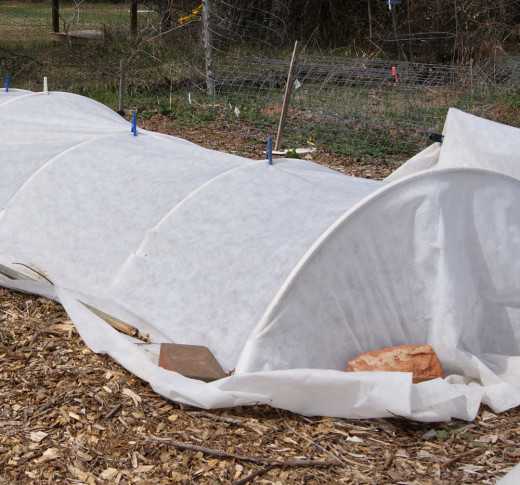
You can select the thickness of garden fabric based upon your needs and local climate. You may even decide to buy a thicker cloth for the winter and a thinner cover for the summer. If you take good care of the cloths, they will last at least three years. It is usually at a point of stress, such as where a clothespin attaches, that they first begin to tear.
Don't throw away your old torn garden cover. Cut it into smaller pieces. You can use those for a small section of garden, as a shade cloth over tomato cages or even as a weed barrier under mulch.
Row covers are inexpensive and have several benefits. For serious, or even casual, gardeners, they can be a worthwhile investment that puts more food on your table.
Note: All photos by the author unless otherwise noted and may not be reused without permission.
© 2012 chet thomas
